HotSpots H2O, October 29: Amazon River Development Imperils Indigenous Communities
The Rundown
Flowing more than 4,000 miles (6,400 kilometers) through Peru, Colombia, and Brazil, the Amazon River is a storehouse of natural riches — and a contested area for resource disputes. The watershed is peppered with conflict, often between developers and indigenous communities.
One burgeoning development is the Amazon Waterway Project, a plan to dredge large sections of the river in Peru to allow easier passage for cargo freighters. Authorities say the project, in conjunction with road links, will expedite the movement of goods between the continent’s Pacific and Atlantic coasts. Indigenous groups, though, are pushing back against the project, claiming that it would alter the ecological balance that supports hundreds of communities. They worry that dredging the riverbed and removing debris will endanger fish habitat and spawning grounds. They also fear that faster currents could capsize their canoes.
Elsewhere along the Amazon, environmentalists and indigenous groups are combating widespread, and often illegal, deforestation. Each year, large swathes of the Amazon rainforest are cleared. Often, the land is used first for grazing, then for soy fields. Prolific logging fuels demand for developments like the Amazon Waterway Project, which will allow soy and other products to be shipped more easily along the river. It also disrupts the rainforest ecosystem. Protests against the deforestation, though, can sometimes prove deadly.
“Native communities don’t trust the state, with only their own economic interests in mind.” –Alejandro Chino Mori, a legal advisor for an indigenous group along one of the Amazon’s main tributaries. In Peru, state officials assure indigenous communities that developing the river will be beneficial for both native groups and the government. Indigenous groups, however, are skeptical.
By The Numbers
424 Native communities in the vicinity of the Amazon Waterway Project. The communities represent 14 ethnic groups.
$95 million Estimated cost of the Amazon Waterway Project.
1,550 miles (2,500 kilometers) Length of riverbed that will be dredged as part of the project.
30 percent Amount that Amazon deforestation rates increased in 2016. They fell slightly in 2017, but are now rising again.
90 percent Proportion of fines for illegal mining and invasion of indigenous properties that go unpaid in Brazil, according to IBAMA, the country’s environmental agency.
On The Radar
The Amazon Waterway Project is set to begin in 2020, and will likely be completed by 2022. In the meantime, indigenous groups will continue seeking assurance that “projects like these will not harm [their] way of life.”
Resources and Further Reading
In context: HotSpots H2O, August 6: Poorly-Defined Water Rights Spark Disputes Over Brazil’s Rivers
For Illegal Loggers in the Brazilian Amazon, ‘There Is No Fear of Being Punished’ (Pulitzer Center)
Peru’s natives say Amazon Waterway Project threatens food sources (Al Jazeera)
Kayla Ritter is a recent graduate of Michigan State University, where she studied International Relations and Teaching English to Speakers of Other Languages. She is currently based in Manton, Michigan. Kayla enjoys running, writing, and traveling. Contact Kayla Ritter

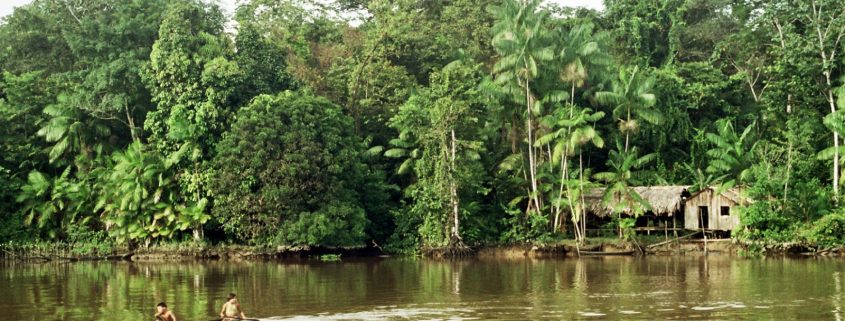

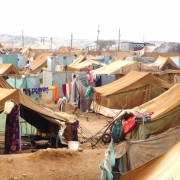
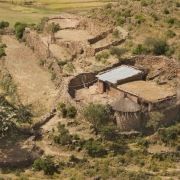
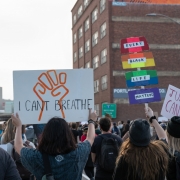
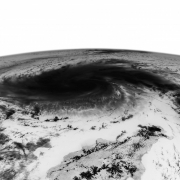
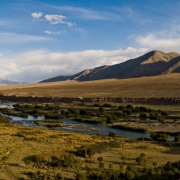
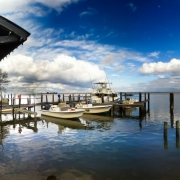




Leave a Reply
Want to join the discussion?Feel free to contribute!